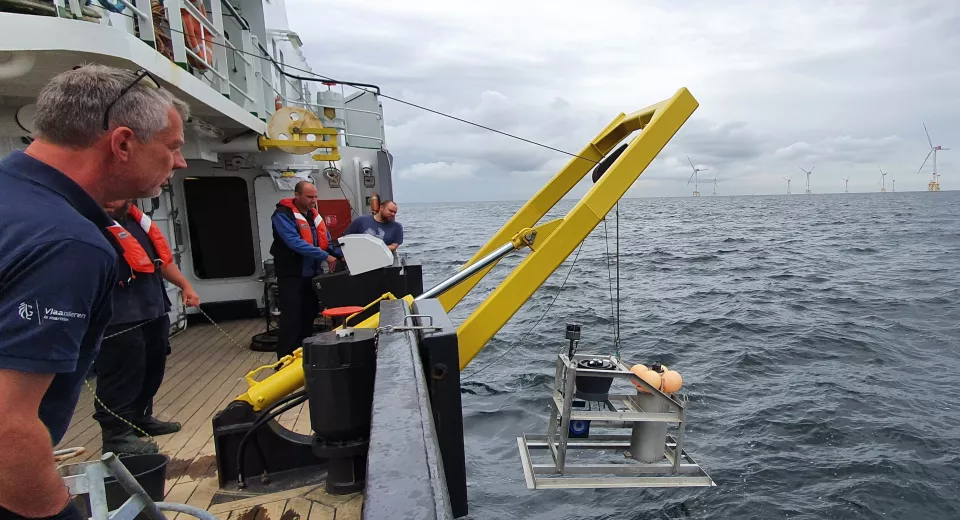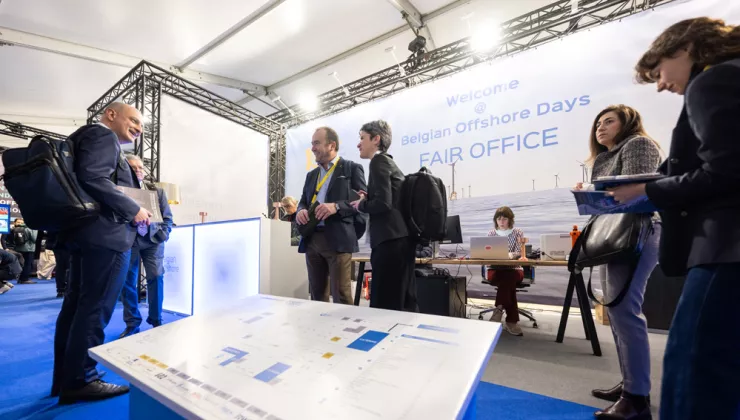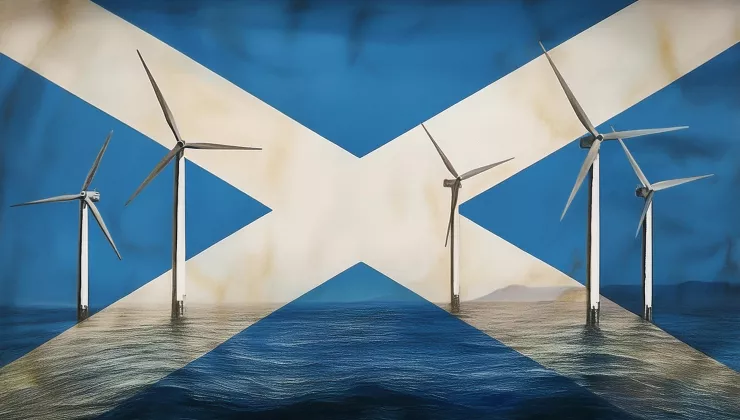International research into the impact of wind farms
The construction of large-scale offshore wind farms does not only change the wind, but also the sea itself. A lot of knowledge about the local effects of wind farms on the marine ecosystem has already been gathered.
It is no secret that wind farms and erosion protection layers are inhabited by so-called ‘fouling fauna’, which cause a local increase in biodiversity, and attract fish such as Atlantic cod and European plaice. However, the presence of these fouling fauna, and of the turbines themselves, also causes changes in the water column.
The turbines cause changes in the local marine currents and the distribution of floating materials, as well as the so-called ‘plumes’ that can be seen on satellite images. The fouling fauna, on the other hand, filter large amounts of seawater on a daily basis (approximately 7.5 Olympic swimming pools per turbine per day).
Wind farm zones are therefore expected to fulfil an important filtering function, with water ‘downstream’ of those wind farm zones containing less floating materials.

To measure is to know
In order to better understand this phenomenon, the Belgian OUTFLOW project (RBINS-Ghent University), the Dutch FOOTPRINT project (NIOZ), Flanders Marine Institute (VLIZ) and DELTARES organised a cross-border measuring campaign in and around the wind farm zone on the border of the Belgian-Dutch waters.
Two Belgian research vessels (RV Simon Stevin and RV Belgica) and one Dutch research vessel (RV Pelagia) worked simultaneously to understand the effects of wind farms on a local (plumes) and larger (filter function) scale. Water samples were taken within and outside the wind farms and sensors provided automatic data collection.
Instruments were anchored in the C-Power and the Norther wind farms to conduct continuous measurements of current speeds and direction, and the amount of material in the water column. The results of this unique cooperation will contribute to a better understanding of the cumulated effects of different wind farms and thus contribute to good marine spatial planning.


